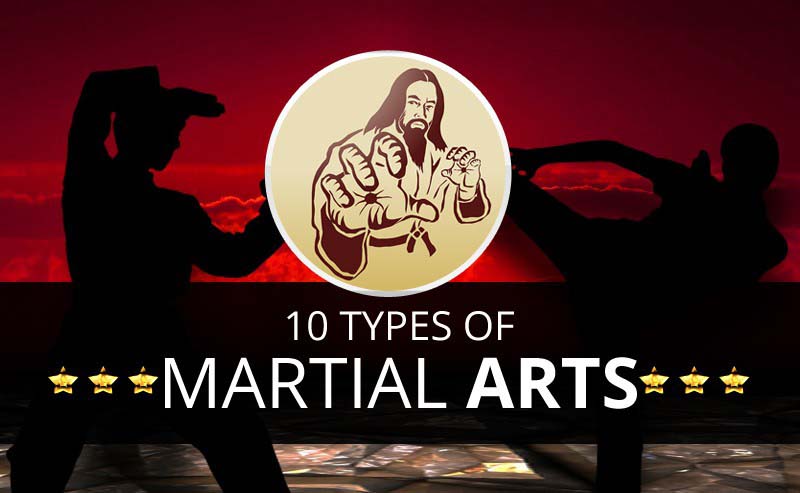The Worldwide History And Change Of Martial Arts
The Worldwide History And Change Of Martial Arts
Blog Article
Article By-Mortensen Vick
Martial arts have an interesting background that extends centuries and continents. You could locate it fascinating just how old methods like Shuai Jiao and Kalaripayattu laid the groundwork for modern fight techniques. These disciplines not only emphasize physical abilities yet additionally mirror the cultures that birthed them. As preschool karate class discover their development, consider just how globalization has changed these typical types right into crossbreed styles. What influences do you think have formed today's martial arts landscape?
Ancient Martial arts: The Foundations of Combat
As you look into the world of old martial arts, you'll discover the abundant foundations that shaped battle strategies across societies. Very early practices concentrated on Self-Defense and survival, usually incorporating strikes, hurting, and weapons.
In old China, for example, strategies like Shuai Jiao highlighted tosses and joint locks, while India's Kalaripayattu showcased dexterity and liquid movement. Japanese samurai established Kenjutsu, a polished swordsmanship that highlighted self-control and approach.
These martial arts offered not just for battle but additionally as a way of personal advancement, instilling values like regard and determination. martial arts clubs near me mixing of these techniques over time prepared for the diverse martial arts you see today, each showing the unique viewpoints and needs of its society.
The Social Impact on Martial Arts Development
While martial arts typically show the practical needs of a culture, they also symbolize the cultural values and beliefs of their origins. When you check out different martial arts, you'll notice how they're influenced by faith, ideology, and social standards.
For instance, the emphasis on regard and technique in Japanese martial arts stems from Zen Buddhism and samurai culture. On the other hand, Brazilian Jiu-Jitsu promotes versatility and strategy, formed by the demand for effectiveness in a varied, modern environment.
You may discover that the rituals, attires, and training methods mirror an area's history and identity. By recognizing these social impacts, you strengthen your gratitude of martial arts and their function fit human experiences across the globe.
Modern Adaptations and the Globalization of Martial arts
Martial arts have changed significantly in recent years, adapting to modern society and global influences. https://www.kens5.com/article/sports/san-antonio-gym-produces-six-martial-arts-world-champions/273-8487d06e-26a1-4212-966a-88995cbf4053 'll notice that typical types have combined with modern methods, developing hybrid styles like mixed martial arts. These adjustments deal with diverse target markets, making martial arts accessible and attractive worldwide.
With the increase of social media and digital systems, you can locate tutorials and competitions from all edges of the world, breaking geographical barriers. This globalization has caused a shared appreciation for different disciplines, from Brazilian Jiu-Jitsu to Taekwondo.
As you engage with these arts, you'll realize they're not just about combat; they promote health and fitness, self-control, and psychological health.
Eventually, modern-day adjustments have actually improved the martial arts landscape, making it a dynamic and evolving practice.
Verdict
In exploring the history and advancement of martial arts, you reveal an interesting mix of methods, societies, and ideologies. From old techniques like Shuai Jiao and Kalaripayattu to the contemporary versatility seen in mixed martial arts, martial arts reflect humanity's quest for Self-Defense and individual growth. As you involve with these techniques, you not only obtain skills but additionally a much deeper gratitude for the varied customs that shape our globe today. So, proceed your trip and embrace the art of battle!
